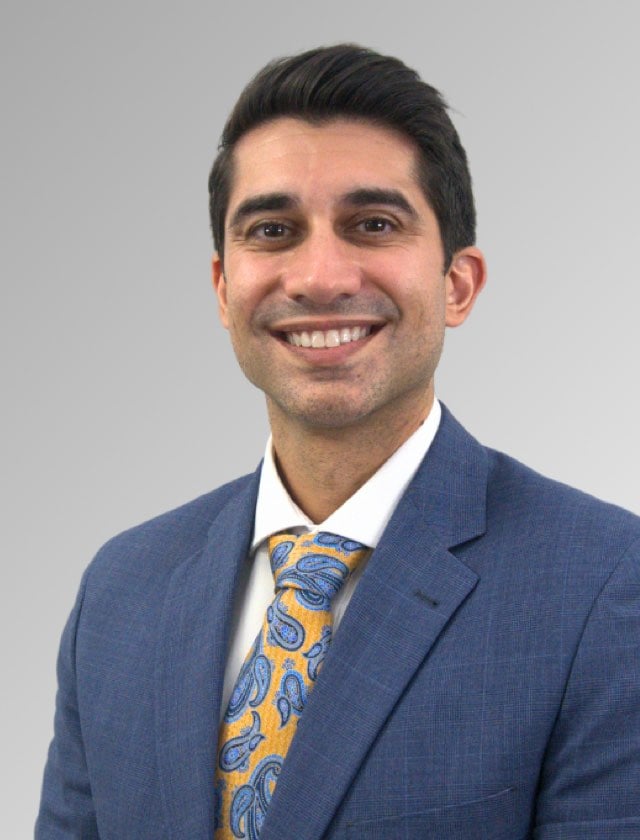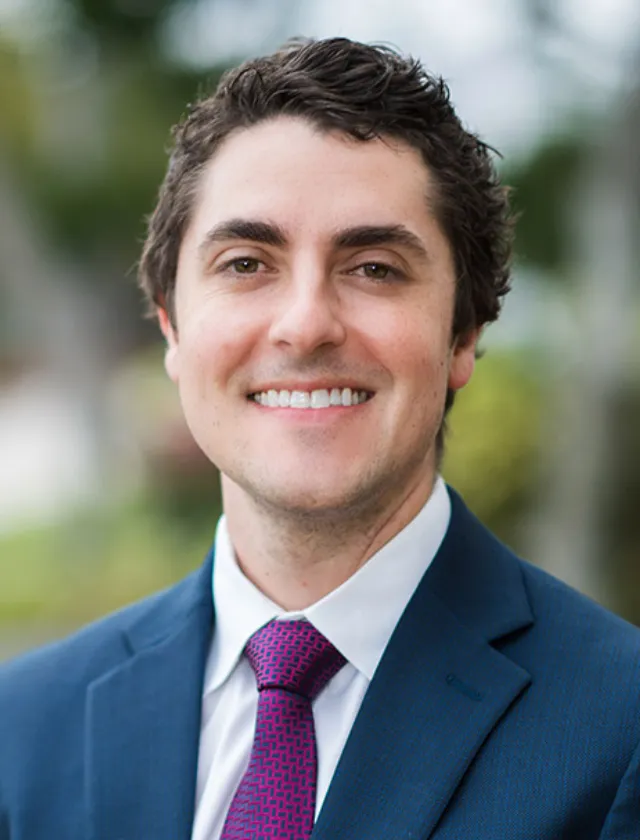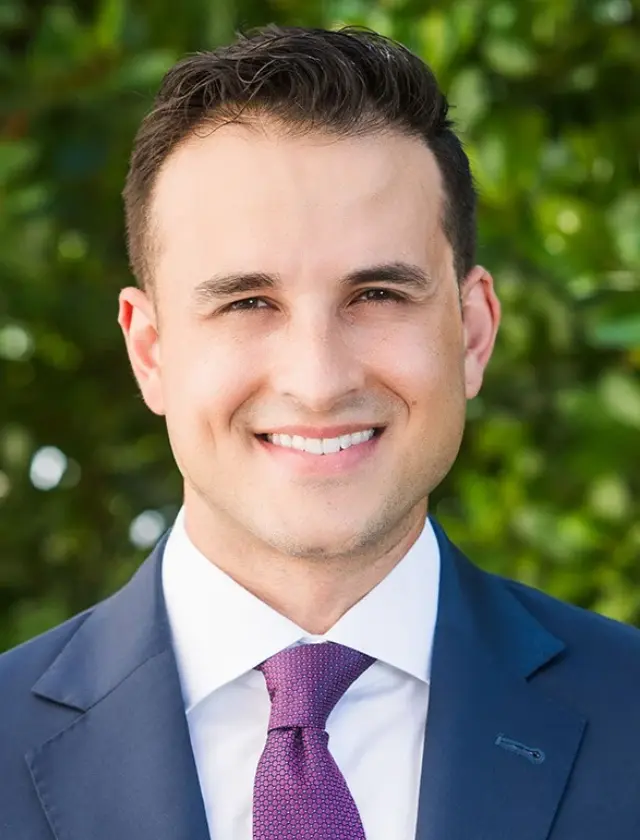-banner.jpg?width=1156&height=650&name=Piriformis%20Syndrome%20(T2)-banner.jpg)
Sports Hernia Treatment in Florida: Surgical Options for Athletic Pubalgia
-banner.jpg?width=1156&height=650&name=Piriformis%20Syndrome%20(T2)-banner.jpg)
What Causes a Sports Hernia?
A sports hernia, medically known as athletic pubalgia, involves a tear or weakening of the muscles, tendons, or ligaments in the lower abdominal or groin area near the pubic bone. Despite the name, it’s not a true hernia—there’s no visible bulge—but it can cause intense, hernia-like pain, especially during twisting or explosive athletic movements. The injury builds slowly over time, often from repetitive movement or strain, and doesn’t always show up on scans, making it difficult to diagnose.
When physical therapy and rest aren’t enough, surgery offers a proven path to full recovery—especially for active patients.
Watch The Video to Learn More
Check Your Symptoms: Are You Experiencing Any of the Following?
- Groin or lower belly pain that won’t go away
- Pain that worsens with movement, coughing, or exercise
- No clear injury—but symptoms persist
- Prior hernia or groin surgery that didn’t help
- Weakness, numbness, or tingling in the groin or thigh
If any of these sound familiar, you may be a candidate for surgery.
Sports Hernia Treatment: Do you Know Your Surgical Options?
This outpatient procedure repairs torn or weakened abdominal or adductor muscles, restoring pelvic balance and core stability. We use precise, layered repair methods that directly target the source of dysfunction—offering long-term pain relief and faster return to sport.
In dual-pathology cases, we release contracted or damaged adductor tendons to eliminate strain across the pelvis. This step is essential for restoring full range of motion in high-performance athletes.
For patients with chronic or re-injured tissue, tendon transfer surgery reinforces weakened attachments and redistributes load across the core. This helps protect against recurrence and allows for a more complete biomechanical recovery.
We often integrate BARS mesh reinforcement to strengthen the surgical repair. Unlike standard mesh placement, our technique uses strategic bone anchoring to support high-demand movement—ideal for patients looking to return to elite or recreational sport.
What Are the Benefits of Sports Hernia Surgery?
Am I a Candidate for Surgery?
If you're still in pain after physical therapy, injections, or rest, it’s time to take a closer look. You may be a candidate for surgical repair if you’ve experienced:
- Ongoing groin pain unresponsive to PT or injections
- Difficulty training, sprinting, or returning to sport
- Prior surgery with continued symptoms
- Positive imaging or exam findings indicating core muscle injury


Why Are Sports Hernias Often Misdiagnosed?
Sports hernias often mimic more common conditions like hip strains, traditional hernias, or even nerve entrapments—making the true cause of pain difficult to identify. As a result, many patients spend months or even years cycling through ineffective treatments without real relief. At The Institute of Florida, we specialize in uncovering core muscle injuries that are frequently missed. Using advanced imaging, targeted physical exams, and expert clinical insight, we bring clarity to complex groin and pelvic pain—so patients can finally move forward with confidence.

Considering Sports Hernia Surgery? What To Expect:
Precision Diagnostics
We use dynamic ultrasound, high-resolution MRI, and targeted diagnostic injections—alongside expert-guided physical exams—to detect subtle tears, muscle imbalances, and adductor or rectus abdominis involvement. This layered diagnostic approach helps us identify injuries that are frequently overlooked and ensures patients receive treatment tailored to the true source of pain.Tailored Surgery
Your procedure is designed around your anatomy and activity level. Whether it’s a muscle repair, tendon release, or mesh reinforcement, our surgeons focus on restoring true pelvic stability—not just masking symptoms. Surgery is typically performed under general anesthesia as an outpatient procedure—so you go home the same day.Rapid Recovery
Most patients begin guided physical therapy within a few days. Light activity resumes quickly, and full recovery is typically reached within 6 to 12 weeks. Our rehab protocols are designed to help you return not just to daily life—but to full performance.Why Trust The Institute of Florida for Athletic Pubalgia Surgery?

90% Return-to-Sport Rate After Surgery
Our outcomes speak for themselves. At The Institute of Florida, we don’t just repair the injury—we restore performance. Whether you're a competitive athlete or a dedicated weekend runner, our goal is to get you back to doing what you love, with strength and confidence.
Elite-Level Specialization in Core Muscle Injuries
Sports hernias are frequently overlooked or mismanaged. Our surgeons are among the few nationally who focus exclusively on complex core injuries like athletic pubalgia, combining surgical precision with deep experience treating high-performing athletes.
Surgical Innovation Designed for Athletic Demands
We go beyond standard repairs. From tendon balancing to adductor lengthening and BARS mesh stabilization, our techniques are grounded in the latest biomechanical research—engineered to support explosive movement and long-term performance.
Integrated Care That Mirrors Pro Sports Medicine
From diagnostic ultrasound and dynamic MRI to sports-specific rehab planning, your care is managed by a multidisciplinary team with one goal: returning you to top form. Our Patient Concierge Team coordinates every step, so recovery fits your life—not the other way around.
Meet Florida’s Top
Nerve Surgery Experts
Still in Pain? Let’s Fix That.
If you’re living with unresolved groin or lower belly pain—or treating a patient who is—our team is here to help. With advanced surgical expertise and proven results, we offer real hope for lasting relief.
Now seeing patients in Ft. Lauderdale and Boynton Beach.
FAQs
Yes. While it’s more common in male athletes, women can experience it—especially with repeated core strain or after abdominal surgeries.
Without treatment, the condition may worsen over time, leading to chronic pain and limited mobility.
No. Many cases improve with rest, therapy, and targeted rehabilitation. Surgery is recommended when conservative measures fail.
Yes. It’s typically an outpatient procedure with high success rates and a short recovery period.
Some patients benefit from mesh reinforcement, particularly with the BARS technique. Your surgeon will determine if it’s needed.
Soccer, hockey, CrossFit, track, and any activity involving twisting, kicking, or sprinting can contribute to this condition.
With surgical repair, many patients return to light activity in 4–6 weeks and full sport by 12 weeks.




.webp)


